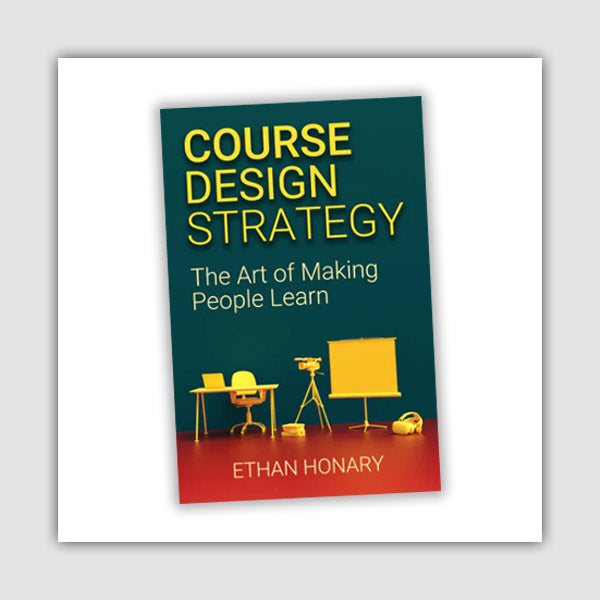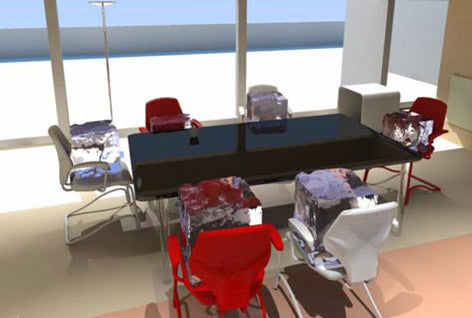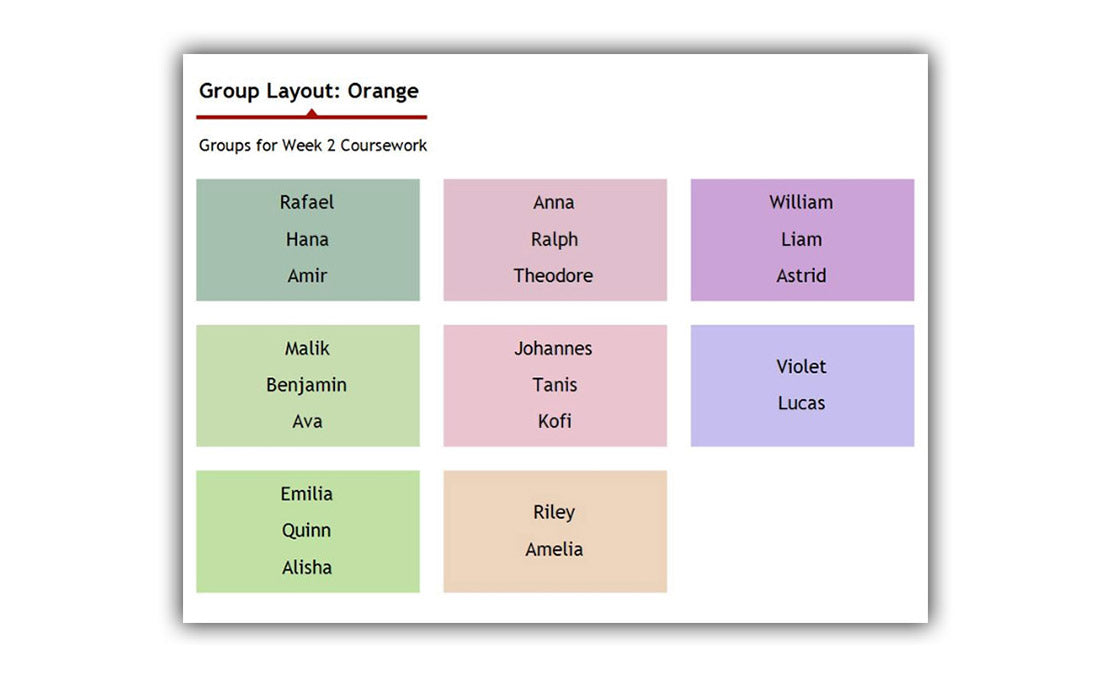An opening exercise such as an icebreaker is useful to start up a training session. As the name suggests, icebreakers are designed to “warm up” the session. It is important to note that delegates need to be receptive to learning before they can start to learn. An icebreaker helps to warm up the delegates and prepare them for more learning activities.
Icebreakers are effectively a tool in your trainer’s toolbox. Of course, like any tool, you need to master the skill of using them to get the most out of them. This article explores various qualities, benefits and advantages of icebreakers and presents guidelines in using them.
What Are the Benefits of an Icebreaker?
According to Mel Silberman (Silberman 2006), there are three goals that an opening exercise accomplishes.
- Learning Involvement. The exercise can act as a “springboard” to the main topic that you want to explore in detail later on. This helps the delegates to get a bearing on the topic and be more receptive to the idea when you go into more details.
- Team Building. Naturally, there is a strong sense of team building when delegates have to interact together, especially to achieve common goals. This is particularly an important aspect of icebreakers since they encourage socialising and make people more comfortable with each other. This opens up possibilities of peer-group learning and simply makes the atmosphere more positive.
- Assessment. You can use this opportunity to perform a quick assessment of the group to gauge how much they know about the topic, how comfortable they are in groups, what is their background, expertise and so on.
When Should Icebreakers Be Used?
Icebreakers can be used for generally any part of the training, both at the beginning and at the end. For example, you can use icebreakers to introduce topics initially such as introducing concepts with matching definition cards. Delegates will then spend time finding out the meaning of concepts and matching them with definitions while participating with other members in small groups. This automatically creates a number of informal discussions between them about the topics explored and they simply are prepared for the main training to follow.
You can also use the same exercise as a review mechanism to check delegates’ understanding at the end of the course or the session once the topics have been thoroughly explored.
Matching definition exercises such as this are excellent assessment tools as you can quickly understand how familiar the group is with the topic you are about to teach.
How to Deliver Icebreakers?
Pre- Exercise
- Evaluate your delegates’ physical ability. Would they be happy with physical exercises? How comfortable are they to be pushed out of their comfort zone. Naturally, being pushed slightly out of comfort zone is good for them, but you don’t want to embarrass them or humiliate them in front of others.
- In this step you need to explain the exercise to the delegates, talk about the objectives, what is expected of them, timing and so on.
Mid- Exercise
- During the exercise, observe how delegates participate and what approaches they take. Are they fully engaged? Do they feel overwhelmed with the topic? Are they lost? Do they feel there is no need for them to learn this skill and so they are wasting their time? You need to be aware of the development so you can use this knowledge dynamically for your follow-up content and activities to pitch them correctly.
Post- Exercise
- This is indeed a critical part of the exercise. Every icebreaker or activity has an objective and it is critical to bring this objective to surface at the end of the exercise so everyone becomes fully aware of it. Keep asking questions to see what they thought of the experience. If they missed any areas, guide them by asking a number of probing questions.
- This is a good opportunity to link the exercise to the rest of the content so that delegates know what this was all about.
- Get indirect feedback about the exercise itself. Usually, if delegates don’t like a particular exercise, they want an opportunity to talk about it. Listen to what they have to say and based on this feedback improve the quality of your training exercise or icebreaker next time you teach.
Remember, icebreakers are meant to glue various content together. Move swiftly through them so that delegates don't feel they are wasting their time. Once they get the point you are making move on to the next topic. Think of training as a movie. Don't linger on any scene for too long or you risk annoying your audience.
Many icebreakers are provided here at Skills Converged, explore and get inspired by them and consider them as another tool in your toolbox.
References
Silberman, M. (2006) “Active Training: A Handbook of Techniques, Designs, Case Examples and Tips”, Pfeiffer, San Francisco, CA, 2006, P. 53-4.
Soft Skills Training Materials
Get downloadable training materials
Online Train the Trainer Course:
Core Skills
Learn How to Become the Best Trainer in Your Field
All Tags
Training Resources for You

Course Design Strategy
Available as paperback and ebook

Free Training Resources
Download a free comprehensive training package including training guidelines, soft skills training activities, assessment forms and useful training resources that you can use to enhance your courses.

Our Comprehensive Guide to Body Language

Train the Trainer Resources
Get Insights - Read Guides and Books - Attend Courses
Training Materials
Get downloadable training materials on: Management Training, Personal Development, Interpersonal Development, Human Resources, and Sales & Marketing














Leave a comment
All comments are moderated before being published.
This site is protected by hCaptcha and the hCaptcha Privacy Policy and Terms of Service apply.